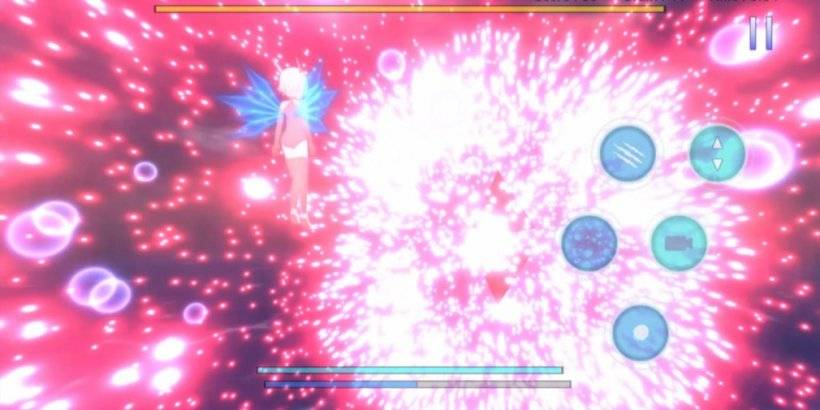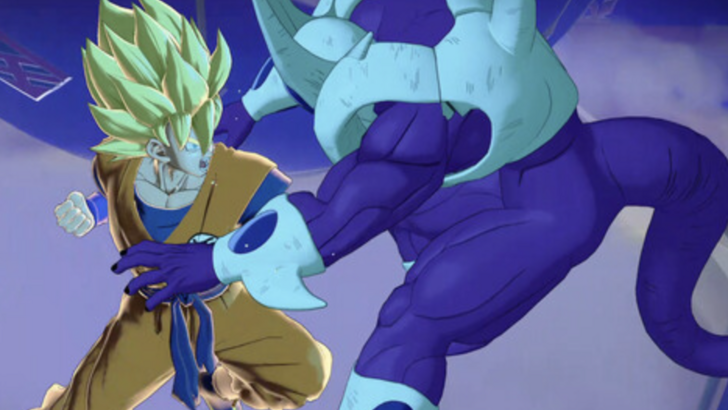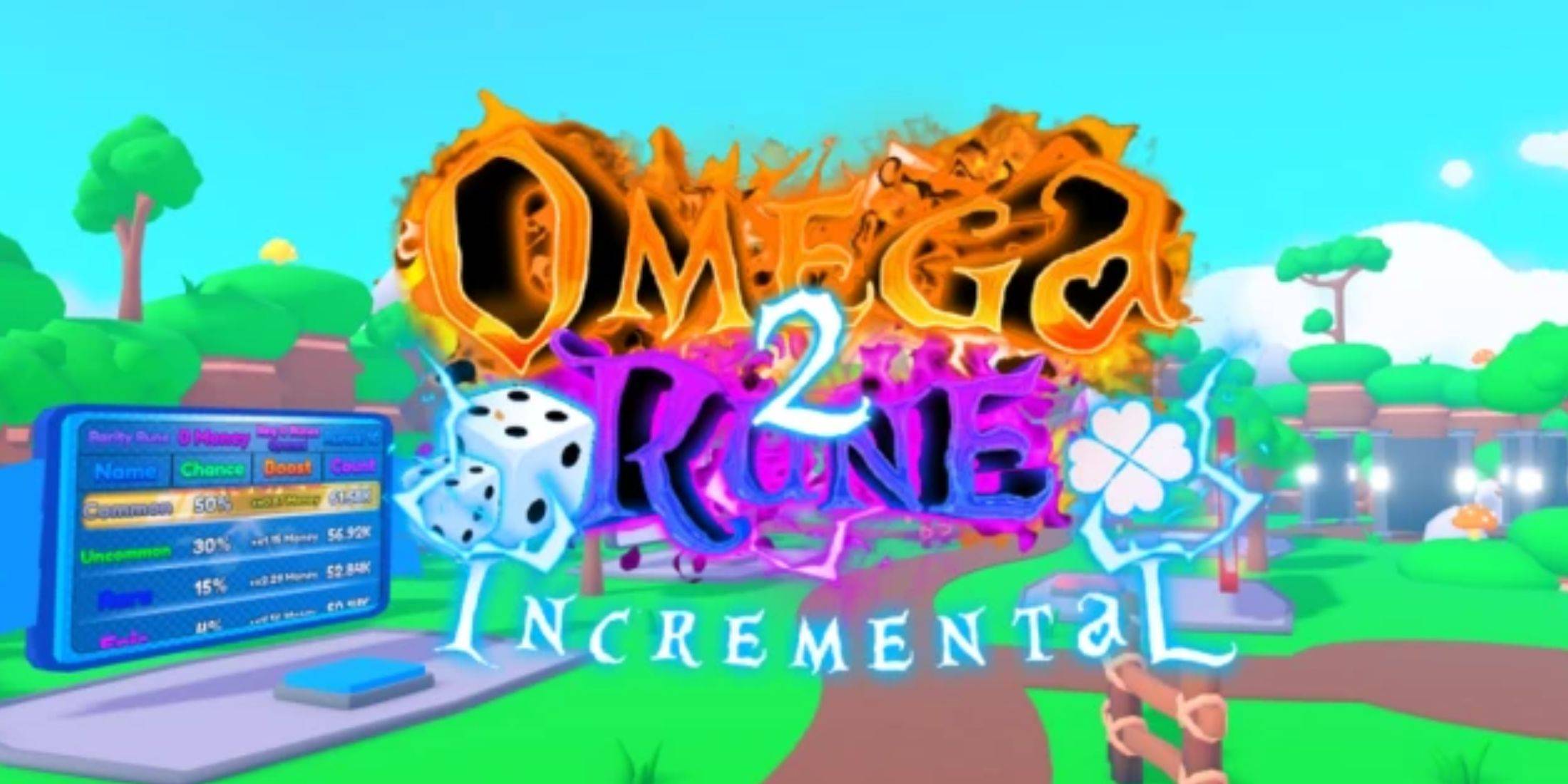Sony Patents In-Game Sign Language Translator
- By Madison
- Feb 27,2025
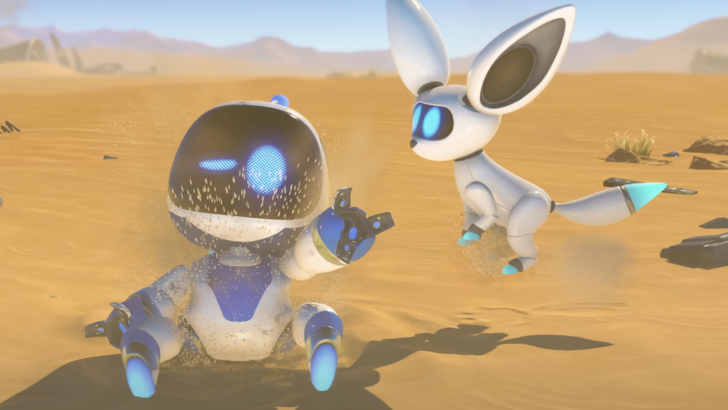 Sony's innovative patent aims to enhance accessibility for deaf gamers by introducing real-time in-game sign language translation. This groundbreaking technology bridges communication gaps between players using different sign languages.
Sony's innovative patent aims to enhance accessibility for deaf gamers by introducing real-time in-game sign language translation. This groundbreaking technology bridges communication gaps between players using different sign languages.
Sony Patents Real-Time Sign Language Translation for Video Games
Leveraging VR and Cloud Gaming Technologies
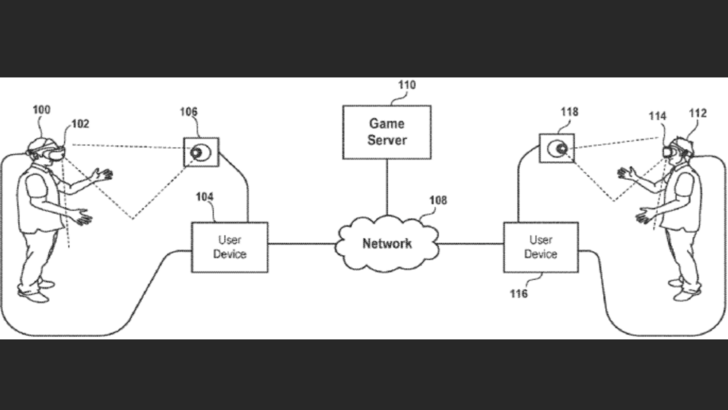 Sony's recently filed patent details a system for real-time translation of sign languages within video games. The patent, titled "TRANSLATION OF SIGN LANGUAGE IN A VIRTUAL ENVIRONMENT," focuses on translating between sign languages, such as American Sign Language (ASL) and Japanese Sign Language (JSL).
Sony's recently filed patent details a system for real-time translation of sign languages within video games. The patent, titled "TRANSLATION OF SIGN LANGUAGE IN A VIRTUAL ENVIRONMENT," focuses on translating between sign languages, such as American Sign Language (ASL) and Japanese Sign Language (JSL).
The envisioned system facilitates in-game communication for deaf gamers by providing instantaneous sign language translation. On-screen avatars or indicators would dynamically display translated sign language gestures. The process involves a three-step translation: sign gestures are first converted to text, then translated to the target language, and finally rendered as sign gestures in the target sign language.
As detailed in the patent, "Implementations of the present disclosure relate to methods and systems for capturing sign language from one user and translating it for another user in their native sign language." This addresses the critical need for accurate translation given the geographical variations in sign languages.
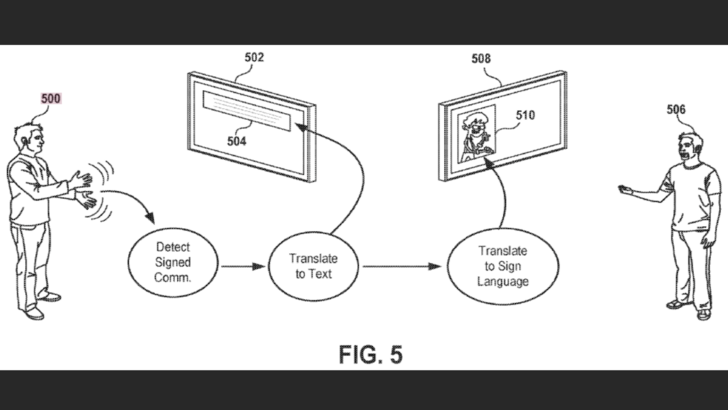 Sony proposes utilizing VR headsets or head-mounted displays (HMDs) as a primary input method. These HMDs would connect to a user device (PC, game console, etc.) to provide an immersive virtual environment. The patent further suggests a networked system, potentially utilizing a cloud gaming platform, where user devices communicate with a game server to share and synchronize the game state, enabling seamless interaction between players.
Sony proposes utilizing VR headsets or head-mounted displays (HMDs) as a primary input method. These HMDs would connect to a user device (PC, game console, etc.) to provide an immersive virtual environment. The patent further suggests a networked system, potentially utilizing a cloud gaming platform, where user devices communicate with a game server to share and synchronize the game state, enabling seamless interaction between players.
This server-based approach, possibly integrated with cloud gaming, allows for efficient rendering and streaming of translated sign language between users in a shared virtual environment. This innovative technology promises to revolutionize accessibility in online gaming for deaf communities worldwide.
Latest News
more >-
-
-

-

- Fist CCG Duel Best Heroes in 2025
- Dec 21,2025
-
